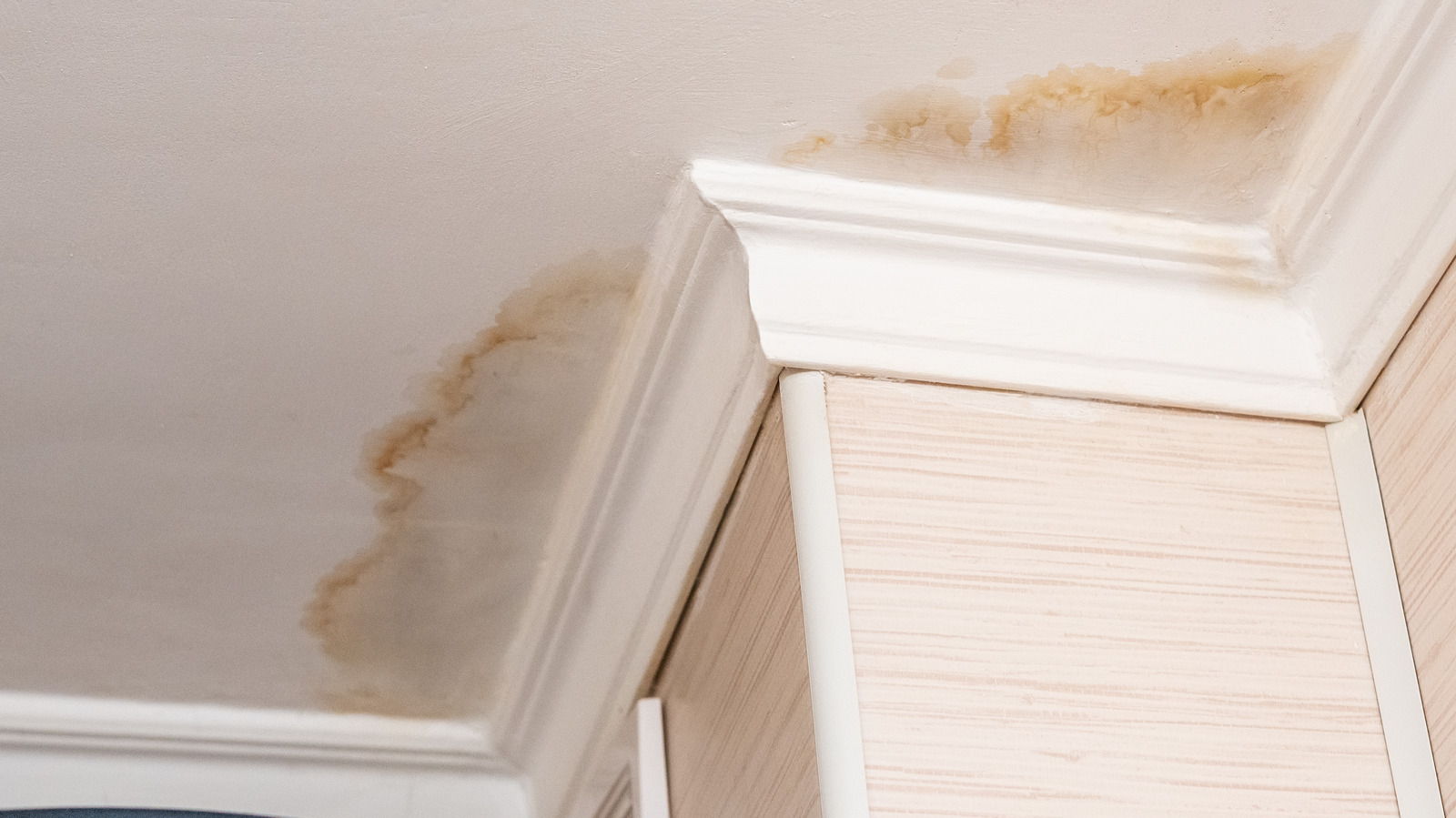Ever wondered if those small changes on your walls mean something big is wrong? It’s important to know the signs of water damage. But can you really tell what water damaged drywall looks like?
Water damage in drywall shows up in many ways. You might see stains or mold in damp places like bathrooms and basements. Swelling in the drywall’s paper backing is a big red flag. Spotting these signs early can save you from costly repairs later.
Key Takeaways
- Water damaged drywall often shows discoloration and water stains.
- Mold frequently appears in areas prone to moisture such as bathrooms and basements.
- Identifying water damage early can prevent further structural compromises.
- Sheetrock, similar to drywall, swells from water exposure and loses its strength.
- Addressing the moisture source immediately is crucial for repairing water damage.
- Replaced affected drywall promptly to forestall additional damage.
- Keep an eye on flooring near walls for signs of dry rot.
Signs of Water Damaged Drywall
Spotting water damage in drywall takes a sharp eye for certain signs. Look for discoloration on the wall, often with streaks from the ceiling. Also, drywall that swells and changes color can show up as soft, bubbly spots.
Mold and drywall damage often go hand in hand. Seeing mold, especially at corners and edges, means there’s moisture in the wall. A musty smell usually comes with it, showing mold is spreading.
Other signs of water-damaged drywall include:
- Weakened baseboards.
- Bubbling or flaking paint.
- Water rings that are discernible upon close inspection.
- Softness when probing suspected areas with a finger or tool.
It’s key to fix these signs quickly to avoid more damage. Catching water damage early helps prevent bigger problems. For a detailed check and to deal with mold risks, getting help from pros like Jenkins Restorations is wise.
Common Causes of Water Damage in Drywall
Knowing what causes water damage in drywall helps prevent big repairs. Many things can damage a home’s drywall, like floods and severe storms. Heavy rain can get through weak roofs or cracks in the foundation, causing big problems.
Lots of leaks in pipes also damage drywall. These leaks can be hidden in walls or under floors. Checking for leaks and keeping plumbing in good shape stops water from getting into drywall.
Other issues like leaking appliances, overflowing sinks, and air conditioner condensation can also cause damage. These problems, along with issues like broken shingles or bad rainwater channels, show why checking for damage is key. Finding these problems early can stop them from turning into big issues.
To keep drywall safe, we need to look at both inside and outside problems. Keeping up with maintenance and fixing things quickly can really lower the risk of drywall damage.
What Does Water Damaged Drywall Look Like?
Spotting the signs of drywall damage is key to acting fast. Look for discoloration, which often shows up as streaks from the ceiling. These streaks are usually brown and mean water has gotten into the walls.
Mold is another clear sign of damage. It looks like black, green, or white spots and loves damp places. If the wall feels soft or spongy, it might mean water has soaked in.
Big color changes and sagging drywall also warn of trouble. If Sheetrock gets too wet, it might need to be replaced, not fixed.
Preventing Further Damage to Wet Drywall
It’s key to stop wet drywall damage to keep your home safe and sound. Start by removing water and moisture with fans and dehumidifiers. These items are easy to rent at local hardware stores.
After drying the area, clean the drywall with soap and hot water to get rid of dirt. Make sure it dries well to keep it strong. Adding a waterproof primer and foam barriers can also help protect it from water in the future.
For the best protection, consider hiring experts in water damage repair. They can fix things fast and keep your home safe. By acting quickly and right, you can stop mold and make your walls last longer.
Conclusion
Identifying water damage in drywall early can save homeowners from big repairs and health risks. Signs include discolorations, mold, and structural issues. It’s important to fix water-damaged drywall quickly to keep a home safe and looking good.
Water damage can come from many things, like bad weather or accidents at home. It’s important to watch out for these risks. Every water damage issue, big or small, needs quick action to stop it from getting worse. Solutions range from fixing it yourself to hiring experts for water damage restoration.







